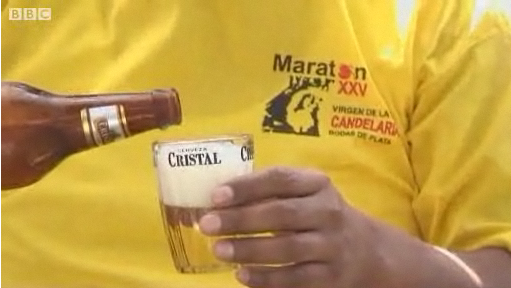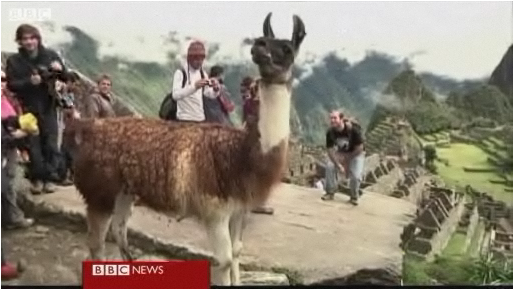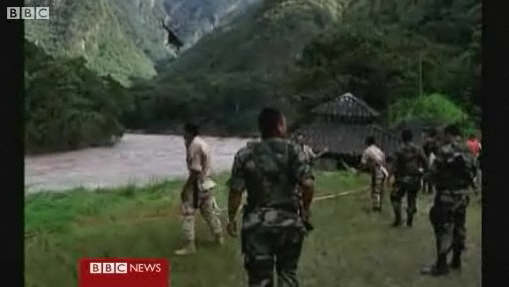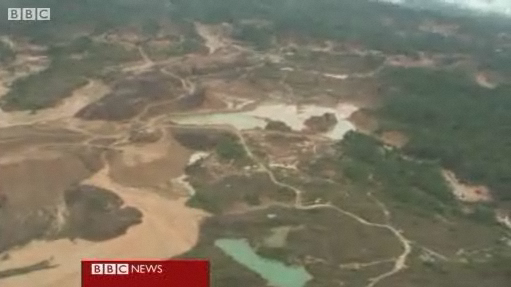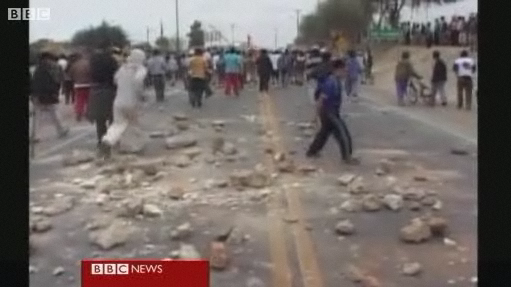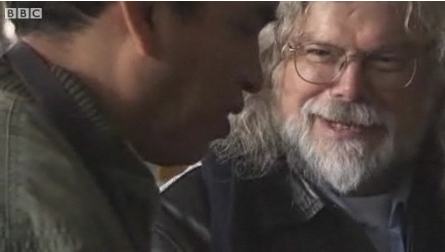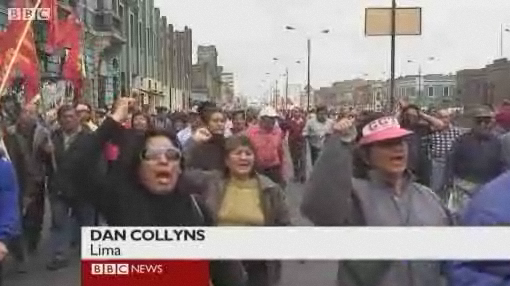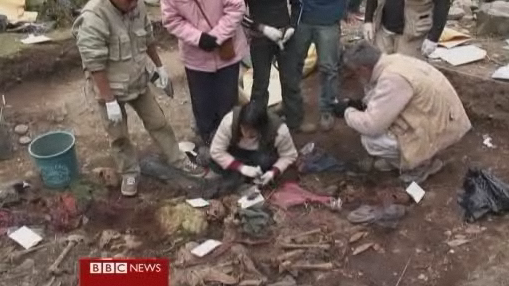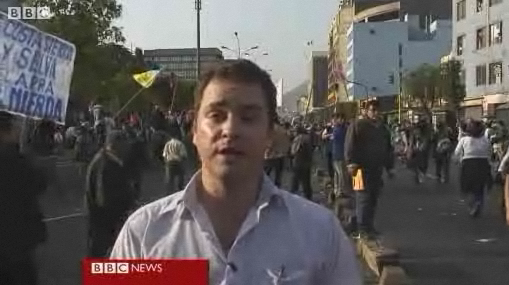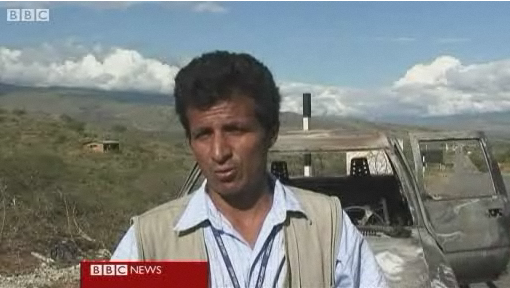In an ongoing series, BBC News focuses on aspects of life in countries and cities around the world. What may seem ordinary and familiar to the people who live there, can be surprising to those who do not.
Having a drink with friends is part of Peruvian culture – and there are very specific rules about the way that beer is shared.
Dan Collyns joins a group of football-playing friends as they enjoy a post-match drink – and tries to get to grips with a very old tradition.
Close-Up: Peru’s beer-drinking ritual
